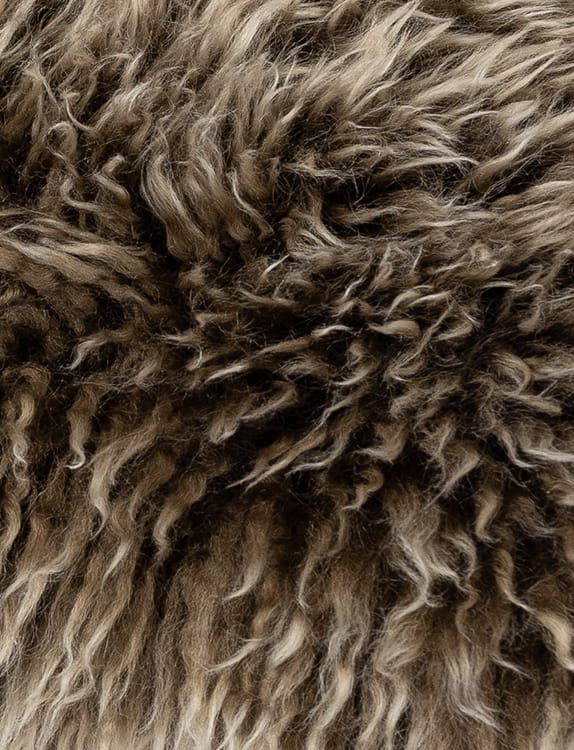

Our Mission:
A Sheepskin Revolution
Home isn’t just where the heart is, it’s also where we collectively spend over $100 billion dollars on furnishings a year. We want our homes to be magical spaces where our families can live and grow but, the truth is, many of the items in them are made with non-renewable petrochemicals, are unfit to withstand the wear and tear of basic day-to-day living, and end up in landfill.
That’s why we’re obsessed with replacing synthetic fibres in the home with sheepskin. Sheepskin is called the wonder fibre by scientists because of its seemingly endless beneficial qualities (more on that later) and is currently largely going to waste. In New Zealand alone, of the 18 million pelts produced each year, 30-50% end up in landfill.
While they naturally decompose and provide micronutrients to the soil, we also want to honour the animal by making full use of the resource and extending its useful life by turning it into deliciously soft, fire-resistant, stain-resistant, long-lasting products for your home.
Sheepskin vs Synthetic Materials
Synthetic cushions, bean bags, rugs, and furniture require a lot of energy to make and are often made from petrochemicals.
Plastic, for example, is made from cellulose, coal, natural gas and crude oil, resources that are finite and take anywhere from 20 to 500 years to decompose. Even as they do break down, they never fully disappear, the pieces just get smaller, infiltrating animals, humans and waterways.
All too often, to compete on price, synthetic products are poorly designed and before long are thrown away after they either break or don’t work as intended.
Sheepskin has been perfectly designed by nature to keep a sheep healthy through the extreme conditions they encounter (such as severe cold/snow, hot summers, droughts, torrential rain, or infection). All we do at Wilson & Dorset is add some intelligent design to turn sheepskin into products for your home that you can use for a lifetime. At the end of your product’s useful life, you can dig a hole and bury it in the ground, and it will decompose and deliver helpful nutrients back to the soil within six months.














